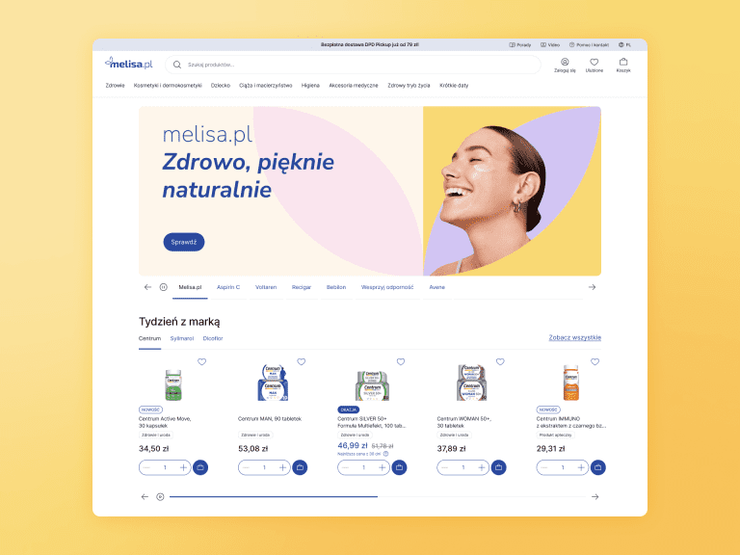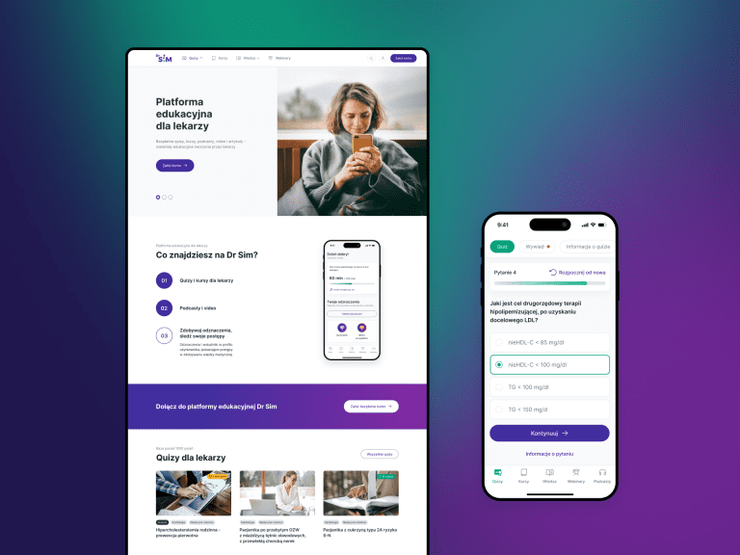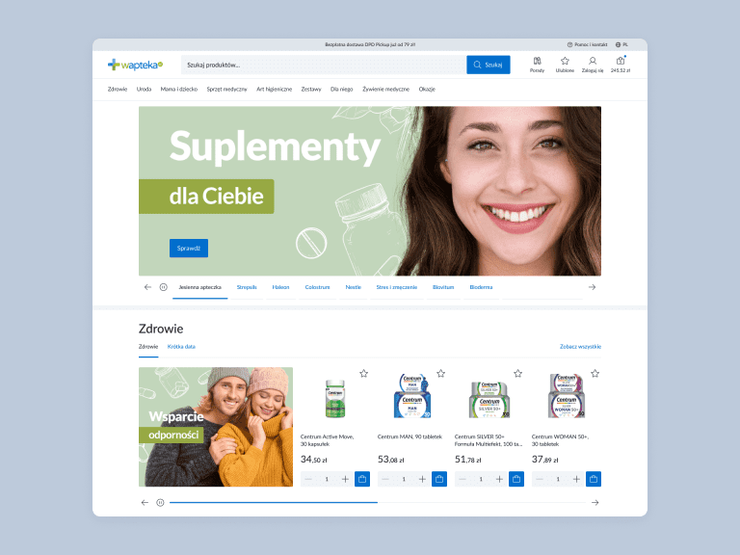RegAgri Explorer
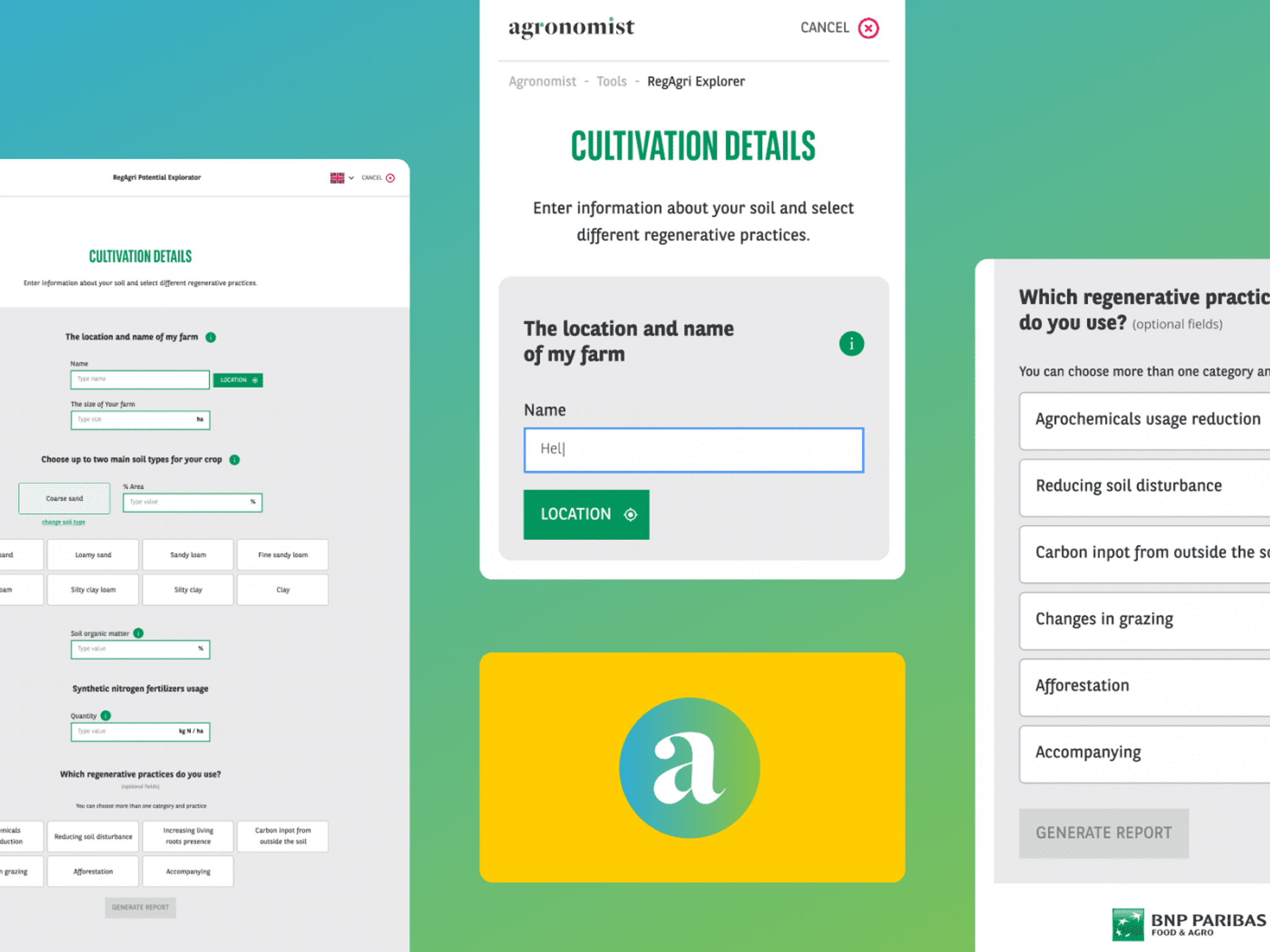
Potrzeba
- pokazania potencjału sekwestracji węgla w glebie użytkowanej rolniczo
- przedstawienia potencjału generowania kredytów węglowych
- pokazania wpływu stosowania praktyk regeneracyjnych, które mają realny wpływ na rolnictwo
Cele i wyzwania tego projektu zostały zidentyfikowane podczas warsztatów Design Sprint, które zwieńczone zostały implementacją przygotowanego prototypu. Realizacja projektu w wersji MVP trwała jedynie 2 tygodnie.
Dzięki sprawnemu wdrożeniu mogliśmy zaprezentować narzędzie na ChangeNOW – największym na świecie wydarzeniu dla naszej jedynej planety, które odbyło się w Paryżu (19-21 maja 2022). Zobacz więcej w materiale video 👇
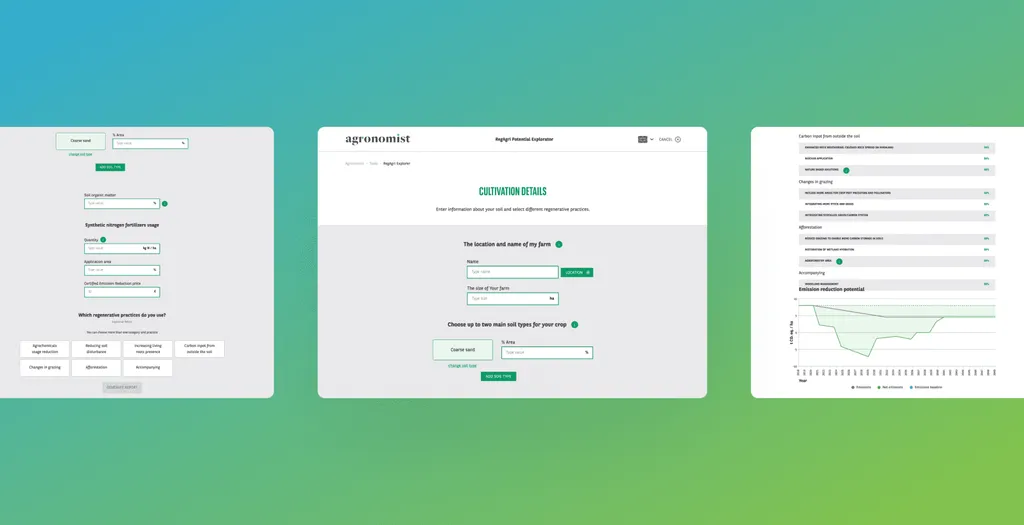
Rozwiązanie
Pre-Work
W pierwszym etapie weszliśmy w buty użytkownika końcowego poprzez realizację przygotowanego scenariusza. Każdy z uczestników otrzymał swoją rolę i wskazówki do niezależnego doświadczania i rejestrowania najważniejszych punktów styku użytkownika końcowego, jakie mogą wystąpić podczas korzystania z narzędzia. Zadaliśmy sobie kluczowe pytania:
-
Kto jest naszym odbiorcą?
-
Jaka jest jego sytuacja?
-
Jakie może mieć problemy?
Introduction
Następnie przeprowadziliśmy research, aby lepiej zgłębić potrzebę użytkownika. Dzięki ćwiczeniu HMW (How Might We) zdefiniowaliśmy główne wyzwanie projektowe. Ponadto, staraliśmy się wypisać zarówno korzyści jak i największe bolączki użytkownika.
Define & Ideate
Na tym etapie byliśmy już świadomi najważniejszych potrzeb i bolączek użytkownika końcowego dlatego też z łatwością mogliśmy skupić się na zdefiniowanym wyzwaniu projektowym. Podczas przeprowadzonych sesji deep workingowych skoncentrowaliśmy się na:
-
tworzeniu pomysłów – nie zważając na ich wykonalność,
-
maksymalizacji korzyści użytkownika,
-
analizie technologii i szczególnych zachowaniach ludzi w obszarze branży rolniczej,
-
najlepszych praktykach i standardach projektowych.
Efektem końcowym było wybranie pomysłu cechującego się największym potencjałem, który został rozwijany w kolejnym etapie, a także przygotowanie scenariusza działania narzędzia.
Prototype & Testing
Celem tego etapu było szybkie, tanie, proste opracowanie prototypu i zweryfikowanie go zarówno klientem, jak i ekspertem posiadającym szeroką wiedzę w zakresie potencjału sekwestracji gleby. Kolejno, w krótkich sesjach i na podstawie scenariusza testów, narzędzie było przez nas udoskonalane i poprawiane w czasie trwania procesu projektowego. Mówiąc w skrócie – tworzenie innowacji wymaga wielu iteracji.
Wrap up
Dla całego zespołu był to najważniejszy moment w procesie. Po przeprowadzonych testach mieliśmy już wiedzę jakie funkcje i działanie jest zgodne z oczekiwaniami klienta. Zespół projektowy dokonał podziału zakresu całego narzędzia dzięki matrycy MOSCOW, określając krytyczne ścieżki i absolutnie wymagany zakres funkcjonalności do zrealizowania.
W efekcie całego procesu przygotowaliśmy wymagania produktowe i IT, a także roadmapę wdrożenia. Dzięki temu byliśmy gotowi do implementacji narzędzia na portalu Agronomist i ostateczną weryfikację z użytkownikiem końcowym.
Rezultat
Rezultatem procesu tworzenia narzędzia RegAgri Explorer jest cyfrowe wykorzystanie modelu pokazujące potencjał sekwestracji węgla w glebie użytkowanej rolniczo i potencjał do generowania kredytów węglowych. Przedstawienie w użytecznej i czytelnej formie formularza dla użytkowników mobilnych.
Zespół programistyczny 300.codes brał udział w pracach nad portalem Agronomist. Z przyjemnością mogę stwierdzić, że 300.codes wywiązało się ze swoich zobowiązań z należytą starannością, w pełni realizując warunki umowy. Prace przebiegły szybko i przy zachowaniu wysokich standardów jakości. Z przyjemnością polecam 300.codes jako sprawdzonego i niezawodnego partnera.
